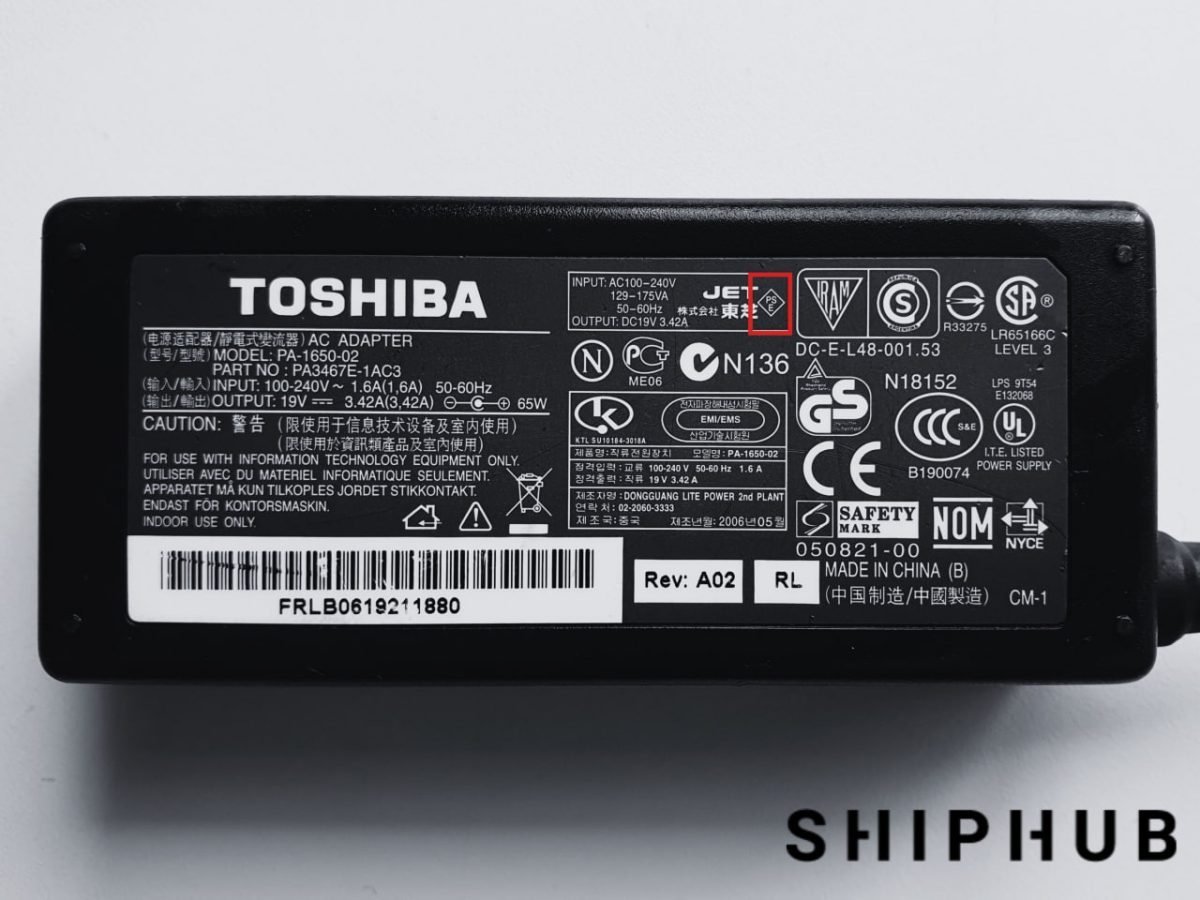Safety in Japan is very important, which also impacts the technology products sold in the country. In order to be able to successfully enter one of the largest consumer electronics markets in the world, manufacturers and importers must ensure that their electronic and electrical devices comply with mandatory standards. This article will discuss the necessary PSE certification for electrical and electronic products in Japan.
What is a PSE certification?
The PSE mark is a mandatory safety and EMC (Electromagnetic Compatibility) indication for electrical and electronic products sold on the Japanese market. The applicable law is the Act on the Safety of Electrical Equipment and Materials (known as DENAN) in Japan. The Japanese Ministry of Economy, Trade and Industry (METI) is the body responsible for PSE certification, but it is not difficult to find an intermediary to support you throughout the process.
Which products are required to have a PSE certification?
Under the DENAN Act, 457 product categories have been defined. These products are divided into two categories in terms of risk.
Category A (must be marked with a diamond PSE mark) of specified products include:
- single-phase small power transformers and ballasts for discharge lamps,
- heating equipment,
- motor-powered equipment,
- other alternating current (AC) powered equipment.
Category B (must be marked with a round PSE mark) of unspecified products include:
- most household electrical appliances
- rice cookers,
- curling irons,
- televisions,
- etc.

Diamond PSE
The 116 product categories, “specified electrical equipment and materials” (category A), can potentially cause hazards due to their structures, materials, or usage. Items must undergo mandatory conformity assessment by authorized certification bodies to obtain PSE certification before the product can be sold, manufactured, or imported into Japan. Category A products are required to be marked with a diamond PSE mark.
The validity period of the diamond PSE mark is 3-7 years. Factory inspections are required during the period of validity.
Circle PSE
341 product categories that belong to “unspecified electrical equipment” (category B) can also be PSE-certified. Manufacturers and importers of category B products who wish to have their products approved by MEIT under the Electrical Equipment and Materials Safety Act may submit testing and inspection reports as well as self-declaration for verification of compliance (a certificate is not issued).
The circle PSE mark is mandatory for category B products and has no validity period.
The conformity assessment process for PSE certification
The process for obtaining PSE (DENAN) certification for Japan consists of the following steps:
- Submitting an application and performing an examination of a sample of the product intended for the Japanese market by a testing agency.
- Review of the application documentation to check which standards have already been met and which still remain to be met.
- The testing agency’s laboratory performs the testing; meaning assesses compliance to confirm that all required standards are met for importing the product into the Japanese market.
- In the case of the circle PSE mark, a confirmation letter of compliance is issued. For a diamond PSE mark, an inspection is required.
- After passing the test and inspection, the issuing authority grants a PSE certification, and the product can be PSE marked (diamond shape).

What is the cost of a PSE certification?
National laboratories and third-party testing providers can test and issue certificates at a cost of approximately €400.
Once the third-party laboratory has tested the product in question, the documentation will be reviewed, and a Japanese institution will issue the PSE mark. The cost is roughly between €1,000 and €2,000. The exact price depends on the product being tested. The diamond-shaped mark requires a factory inspection, while the circle mark can be obtained by testing and completing the declaration independently or by contracting an external testing body to do so. This way, the product can be given a circle PSE mark on the nameplate.
The process of obtaining PSE certification in accordance with Japan’s DENAN Act can be challenging and complex. Efficient communication with the Japanese authorities, as well as the preparation of all necessary documents and test samples, are essential to successfully apply for the PSE certification. It can be challenging, yet the product must meet all the required standards when exported to Japan.
S-mark for electrical and electronic products
In the case of electronic products, we should also mention the S-Mark, a third-party certification scheme for the safety of electrical and electronic equipment that complements the Electrical Equipment and Materials Safety Act (PSE Act) requirements. Affixing the S-Mark alongside the circle PSE mark on your products can show retailers and consumers that your brand is committed to user safety. With this in mind, we encourage you to research what markings/certifications are needed for your products in the country you export to.
If you export to South Korea, read about the KC mark.




